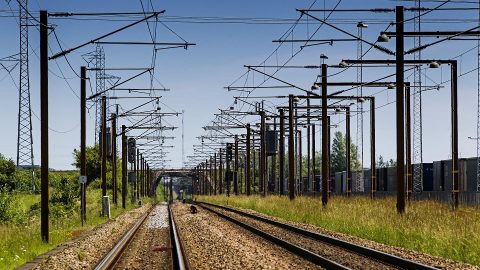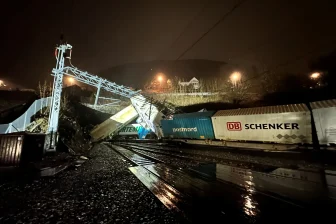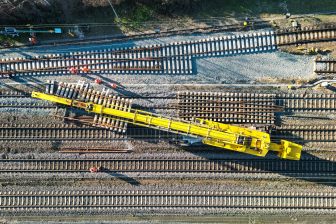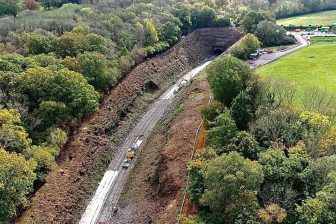
Interview
‘Digital Twins help analyse the future traction energy supply’
Electrified railway in Denmark, source: Banedanmark
The great plans to drive more often and faster on the Dutch track in the future comes down to whether there is sufficient traction energy available, advocates Peter Boom, director of Rail Asset Management and Digitisation at Royal HaskoningDHV. The company uses Digital Twin software for the network analyses.
Want to read more?
You have read all of your free premium articles for this month. Please become a subscriber to keep reading.
Subscribe now!
Take advantage of our exclusive offer to get full access to all premium content.



